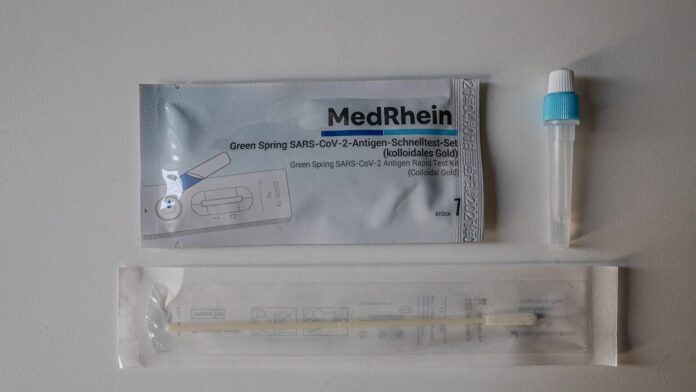
Polycystic kidney disease (PKD) is a genetic disorder characterized by the growth of numerous cysts in the kidneys. These cysts can interfere with the normal functioning of the kidneys, leading to a variety of symptoms. It is important to be aware of the signs of PKD so that early intervention and treatment can be sought. In this article, we will discuss the symptoms of polycystic kidney disease and how it can impact an individual’s health.
PKD can manifest differently in each person, with some individuals experiencing mild symptoms while others may have more severe complications. As the disease progresses, it can also affect other organs in the body, such as the liver and the heart. Recognizing the symptoms of PKD is crucial for proper management and care of the condition.
1. High Blood Pressure
One of the most common symptoms of PKD is high blood pressure. The presence of cysts in the kidneys can interfere with the organ’s ability to regulate blood pressure, leading to hypertension. Individuals with PKD may experience headaches, fatigue, and dizziness as a result of high blood pressure. It is important for individuals with PKD to monitor their blood pressure regularly and seek medical advice if it is consistently elevated.
2. Abdominal Pain
As cysts in the kidneys grow and expand, they can cause discomfort and pain in the abdominal area. This pain may be felt on the sides of the abdomen, where the kidneys are located. The severity of the pain can vary from mild to severe, and it may come and go in episodes. If you experience persistent or severe abdominal pain, it is important to consult a healthcare professional for further evaluation.
3. Blood in the Urine
Another symptom of PKD is the presence of blood in the urine, a condition known as hematuria. The cysts in the kidneys can cause the blood vessels to rupture, leading to the leakage of blood into the urine. Hematuria can be a sign of kidney damage and should prompt a consultation with a healthcare provider for further investigation and management.
4. Kidney Stones
Individuals with PKD are at an increased risk of developing kidney stones. The presence of cysts in the kidneys can disrupt the normal flow of urine, leading to the accumulation of minerals and other substances that form stones. Kidney stones can cause intense pain and discomfort and may require medical intervention to be removed.
5. Urinary Tract Infections
PKD can also increase the likelihood of developing urinary tract infections (UTIs). The cysts in the kidneys can create pockets of stagnant urine, which can become a breeding ground for bacteria. Recurrent UTIs can lead to further complications and should be promptly treated with appropriate antibiotics.
6. Liver Cysts
In addition to affecting the kidneys, PKD can also lead to the development of cysts in the liver. Liver cysts may not cause any symptoms in some individuals, but they can lead to complications such as liver enlargement and abdominal discomfort. Regular monitoring of liver function is important for individuals with PKD to ensure early detection of any liver-related issues.
7. Brain Aneurysms
Some individuals with PKD may develop brain aneurysms, which are weakened and bulging areas in the walls of blood vessels in the brain. Aneurysms can pose a serious risk of rupture, leading to a potentially life-threatening situation. It is important for individuals with PKD to be aware of the possibility of brain aneurysms and seek medical advice if they experience symptoms such as severe headaches, vision changes, or neurological deficits.
8. Heart Valve Abnormalities
PKD can also impact the structure and function of the heart, leading to abnormalities in the heart valves. This can result in symptoms such as heart murmurs, palpitations, and shortness of breath. It is important for individuals with PKD to receive regular cardiac evaluation to monitor for any signs of heart valve abnormalities.
9. Joint Pain
Some individuals with PKD may experience joint pain, particularly in the back and hips. This can be due to the growth of cysts in and around the joints, leading to inflammation and discomfort. Physical therapy and pain management techniques may be beneficial in alleviating joint pain associated with PKD.
10. Skin Abnormalities
PKD can manifest with various skin abnormalities, including cysts on the skin and nail abnormalities. Skin cysts may be tender to the touch and can cause cosmetic concerns for some individuals. Nail abnormalities, such as white or yellow discoloration and thickening, may also be present in individuals with PKD. It is important to seek medical advice if you notice any changes in your skin or nails that may be associated with PKD.












